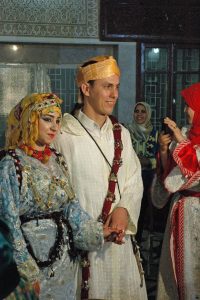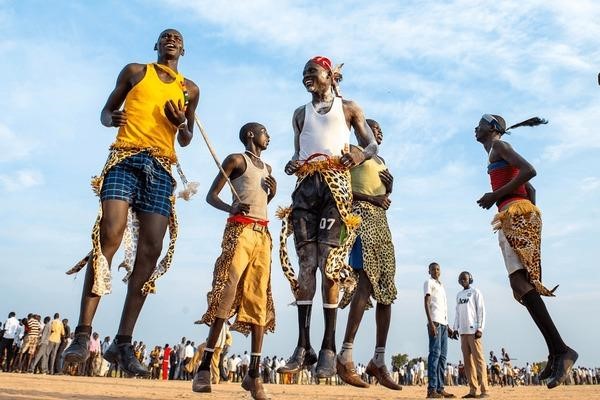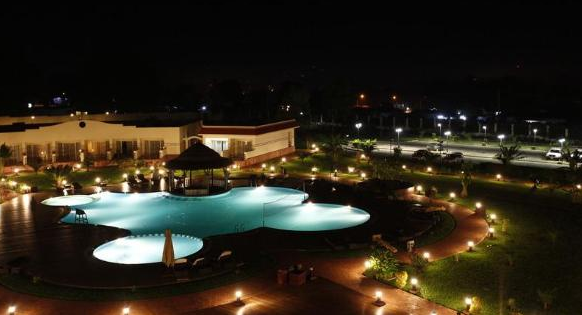Traditional clothing in Morocco for women includes the “djellaba,” a long, loose-fitting cloak with a hood that covers the head and body (Jones, 2015). Women also often wear a “hijab,” a headscarf that covers the hair, and a “khimar,” a long veil that covers the chest (Smith, 2018). When visiting mosques or other religious sites, women are expected to cover their heads, arms, and legs (Jones, 2015).
For men, the traditional dress is the “djellaba” as well, but it is usually shorter and does not have a hood (Smith, 2018). In rural areas or for more conservative dress, men may also wear a “toub,” a long, flowing garment similar to a robe, with a hood that covers the head (Jones, 2015).
In terms of footwear, it is customary to remove shoes when entering a mosque or someone’s home (Smith, 2018). In general, it is considered polite to dress conservatively and cover one’s arms and legs when in public, especially in rural areas (Jones, 2015).





